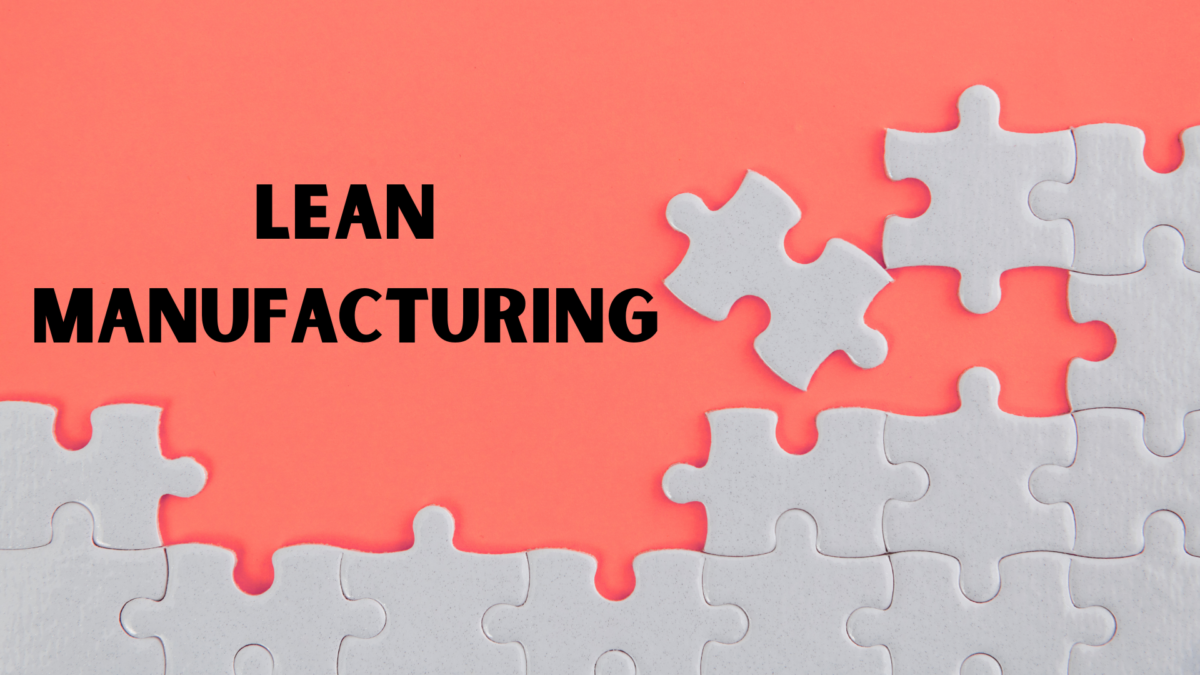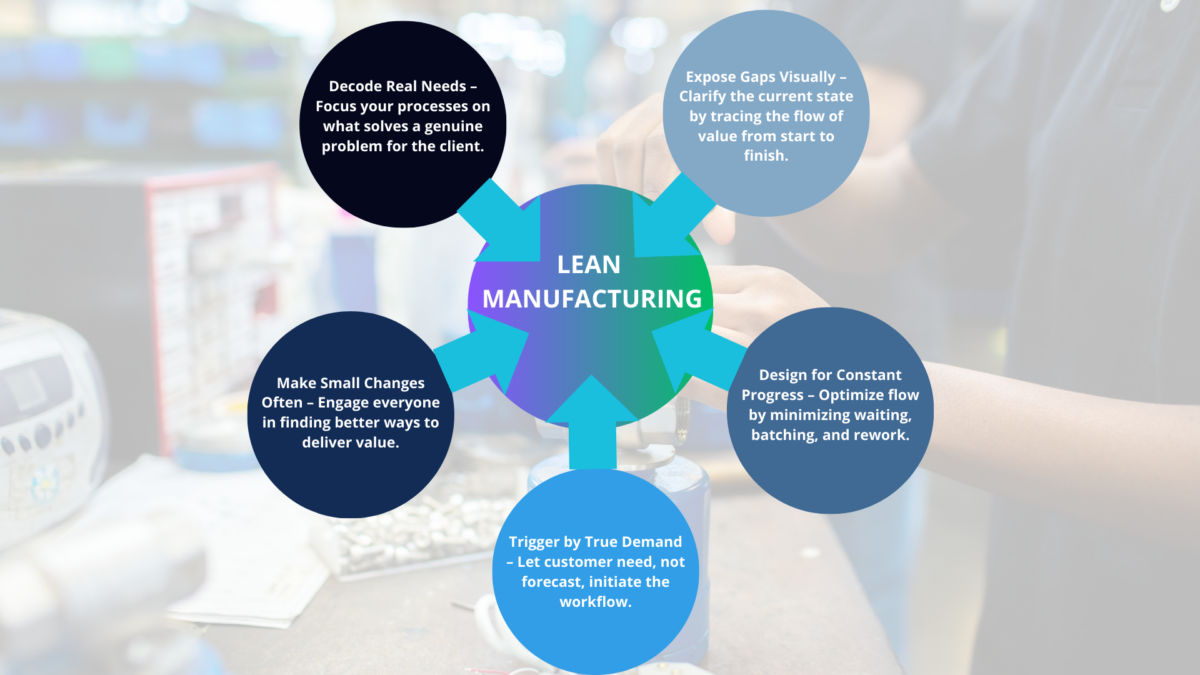Lean Production Meaning: Maximize Efficiency & Cut Waste

Understanding the Meaning of Lean Production
Lean production is a widely adopted philosophy in modern manufacturing and business operations, emphasizing efficiency, value creation, and waste elimination. Understanding lean manufacturing involves exploring its origins, core principles, and importance in improving operational efficiency and reducing waste in production processes. Originally developed from the Toyota Production System (TPS), lean production is built on core principles such as value, value stream, flow, pull, and perfection. Lean production aims to streamline the production process, increase customer satisfaction, and reduce costs by eliminating all activities that do not add value from the customer’s perspective, with the core principle being the elimination of waste and continuous process improvement. The historical roots of lean can be traced back to scientific management, which laid the groundwork for the evolution of modern lean practices.
Origins of the Term “Lean Production”
The term “lean production” was popularized in the 1990 book The Machine That Changed the World, which analyzed the Toyota Motor Corporation and contrasted its efficiency with Western mass production systems. Lean manufacturing is often used interchangeably with lean production. It reflects its evolution from just-in-time output and the Toyota Production System to a broader management approach focused on waste reduction, continuous improvement, and value stream optimization.
The lean manufacturing methodology has significantly influenced the broader manufacturing industry by promoting efficient production, resource optimization, and customer value creation across various sectors beyond traditional manufacturing.
Researchers found that Toyota used fewer resources to produce higher-quality cars, thanks to its focus on continuous improvement, pull systems, and production leveling. Unlike traditional systems that rely on fixed production targets and manufacturing resource planning (MRP) to schedule output, Toyota’s lean approach aligns production closely with customer demand, reducing overproduction and waste.
Lean Production vs. Traditional Manufacturing
Traditional manufacturing often centers around batch production, long production cycles, excessive inventory, and conventional production processes. In contrast, lean production systems are designed to eliminate overproduction, reduce idle equipment, ensure that each step in the manufacturing process adds value, and focus on reducing waste and improving manufacturing processes. Lean methods are designed to optimize and streamline production processes for greater efficiency.
Key Principles of Lean Production

Eliminate Waste (Muda)
In lean, there are seven traditional types of waste: overproduction, waiting, transport, over-processing, inventory, motion, and defects. Eliminating trash in these areas is essential to improving efficiency. An eighth waste—underutilized talent—has also been recognized.
Lean organizations continually pursue perfection by striving to eliminate all forms of waste throughout their processes.
Create Flow
A smooth production flow is essential for creating flow throughout the process, reducing delays and inefficiencies. Lean systems can improve manufacturing operations by removing functional barriers and aligning teams.
Pull Production Based on Customer Demand
Using a pull system instead of traditional approaches that rely on production targets, products are made only when there is a customer demand, minimizing excess inventory and shortening lead times.
Continuous Improvement (Kaizen)
Lean relies heavily on small, continuous changes led by those closest to the process, creating a constant improvement. This fosters ownership, innovation, and sustainable gains in performance.
Respect for People
Employees are not just tools—they are lean practitioners. Their insights are crucial in identifying inefficiencies and creating better work environments.
Tools and Techniques in Lean Production
- Value Stream Mapping: Helps map the value stream and identify value-adding and non-value-adding steps in a process and opportunities for improvement.
- Just in Time Manufacturing: Ensures materials arrive only as needed, reducing inventory.
- Standardized Work: Improves stability and repeatability across the production line.
- Total Productive Maintenance (TPM): Enhances equipment reliability to prevent downtime.
- 5S Methodology: Organizes the work environment for maximum efficiency and safety.
- Lean Six Sigma: A combined methodology that integrates Lean and Six Sigma principles to eliminate waste and reduce process variation, improving quality and efficiency.
- Lean Accounting improves cost visibility and supports lean processes by focusing on activity-based costing, which provides better financial insights than traditional cost accounting.
- Lead Management: Optimizes business workflows and improves efficiency by streamlining customer engagement, sales pipelines, and organizational performance.
Inventory Management in Lean Production
Effective inventory management is at the heart of a successful lean production system. In lean production, the goal is to keep inventory levels as low as possible without compromising the ability to meet customer demand. This is achieved by adopting a pull system, where actual customer orders rather than forecasts trigger each stage of the production process. By producing only what is needed, when it is required, companies can significantly reduce excess inventory and banish waste from the production flow.
Continuous improvement plays a vital role in lean inventory management. Teams regularly review and refine inventory processes to ensure they align with the company’s objectives and adapt to changing customer needs. This ongoing optimization helps maintain a smooth production flow, shorten lead times, and enhance customer satisfaction. Organizations can create a more responsive and efficient production process that supports overall business goals by focusing on lean inventory management.
Creating a Lean Culture
Building a lean culture is essential for embedding lean manufacturing principles into an organization’s fabric. An authentic lean culture goes beyond implementing tools and techniques—it’s about fostering an environment where continuous improvement, employee empowerment, and a relentless focus on customer satisfaction are part of everyday work.
Transitioning to a lean culture requires a shift in mindset from traditional manufacturing approaches that prioritize volume to a philosophy that values quality, efficiency, and flexibility. This transformation is supported by investing in employee training, encouraging open communication, and promoting collaboration across all levels of the organization. Lean manufacturing techniques such as value stream mapping, root cause analysis, and Kaizen events become powerful tools for engaging teams and driving ongoing improvement.
When companies commit to creating a lean culture, they unlock the full potential of their workforce, reduce waste across the value stream, and deliver greater value to customers. The result is a more agile, competitive, and profitable organization well-equipped to thrive in today’s dynamic manufacturing landscape.
Benefits of Implementing Lean Production
Improved Efficiency and Productivity
Lean enables efficient processes that minimize waste while maximizing output.
Cost Savings
Companies can significantly reduce costs by using fewer raw materials, reducing excess inventory, and shortening cycle times.
Enhanced Customer Satisfaction
Faster delivery times, improved product quality, and responsiveness to customer demand result in better customer experiences.
Improved Quality
Lean encourages maintaining quality throughout the process rather than inspecting at the end.
Lean Production in the Automotive Industry
The automotive industry is the birthplace of lean. At Toyota, lean has led to:
- Shorter lead times
- Lower defect rates
- Higher employee engagement
In its early years, Toyota addressed manufacturing problems such as poor quality castings, which helped drive the development of the Toyota Production System and a focus on continuous improvement.
Toyota’s lean manufacturing plants achieved high productivity and quality, often relying less on advanced plant technology and more on workforce training, efficient product design, and process optimization.
A high-performance supplier network has also been crucial in supporting Toyota’s lean initiatives, ensuring flexibility and reliability throughout the supply chain.
Other manufacturers have followed suit, adopting lean methods to stay competitive and agile.
Lean Thinking Beyond the Factory
Lean is not just for factories. The concept of a lean enterprise extends lean thinking to all areas of an organization, including accounting, supply chain, and management, not just manufacturing. It has been applied in healthcare, software development, logistics, and more. Lean thinking in the supply chain helps reduce delays, eliminate bottlenecks, and enhance service levels.
Implementing Lean: Challenges and Best Practices
While the benefits are clear, implementing lean is not always easy. Challenges include:
- Resistance to change
- Poor training
- Misunderstanding of the principles of lean manufacturing
Additionally, some critics of lean argue that it can negatively impact employee well-being and is sometimes viewed more as a cultural approach than a standardized method.
Best practices:
- Start small and scale gradually
- Engage leadership and frontline workers
- Use real-time data to monitor performance
Real-World Results: Lean in Action
Case studies show that companies using a standard lean production model:
- Reduce inventory management issues
- Improve collaboration across departments
- Boost profitability through productive processes
Want to Learn How to Apply Lean Production?
🎓 We invite you to explore our in-depth, practical course: Lean Management Course. Based on over 25 years of hands-on experience, it includes:
- 🎥 On-demand video lessons
- ♾️ Lifetime access to resources
- 🧰 Downloadable templates and tools
- 📘 Deep dives into lean production systems, lean manufacturing tools, and lean manufacturing techniques
✅ You can even preview a lesson before committing.
🎮 For an experiential way to understand lean principles, check out the GET LEAN Simulation Game. It’s perfect for individuals or teams looking to embed lean through real-time decisions.
Related Courses for Lean Practitioners
- 📌 Problem-Solving Course
- 📌 Continuous Improvement Course
- 📌 Teamwork and Leadership Course
- 📌 5S Workplace Organization Course
Lean isn’t just a methodology—it’s a mindset. Understanding the meaning of lean production is the first step toward building a smarter, faster, and more resilient organization.

